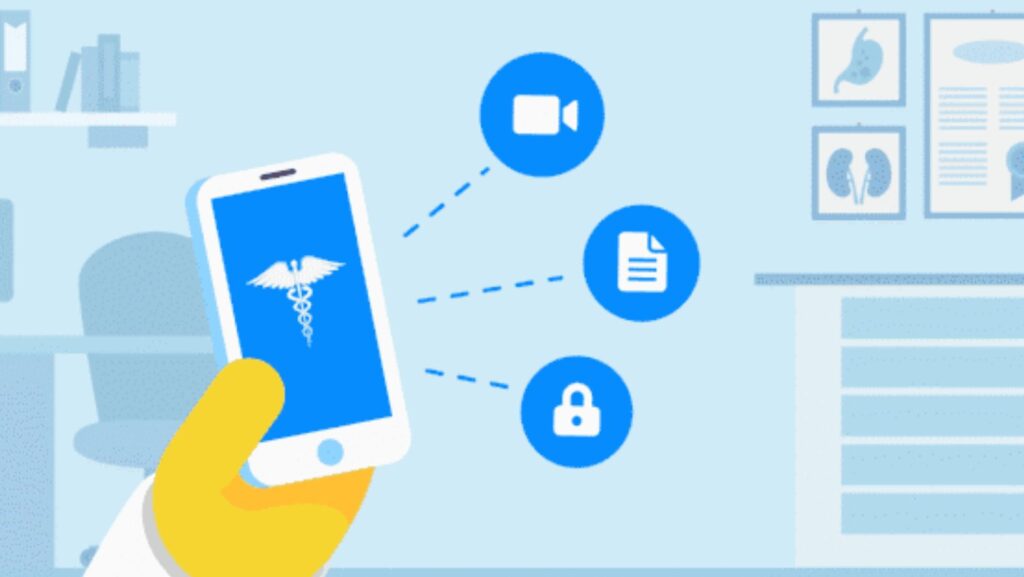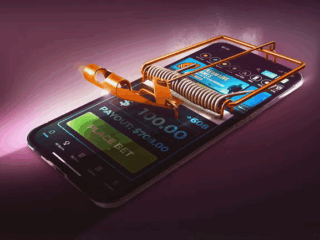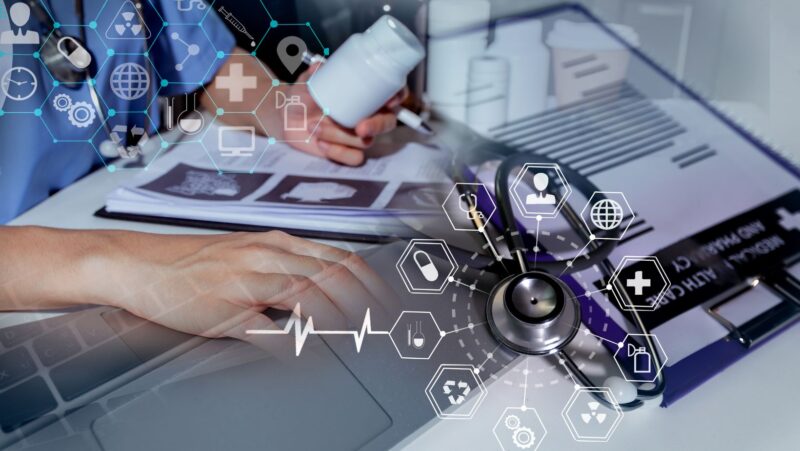
In today’s fast-paced healthcare environment, hospital communication systems play a crucial role in connecting medical staff, supporting personnel, and patients. These systems form the backbone of effective collaboration, ensuring that the right information reaches the right people at the right time—enhancing patient outcomes and hospital efficiency.
What Do Hospital Communication Systems Do?
Hospital communication systems are more than just messaging platforms. They integrate multiple tools and technologies to support seamless interaction across departments and roles. Here’s how they contribute to the daily operations and success of a healthcare facility:
1. Promoting Team Collaboration
These systems ensure smooth coordination between doctors, nurses, lab technicians, and administrative staff. By simplifying internal communication, they support faster decision-making and improve treatment workflows.
2. Expanding Communication Channels
Through the use of mobile devices and telemedicine tools, hospital communication systems allow for remote consultations and mobile access to critical data. This means healthcare professionals can stay informed and connected, even on the move.
3. Reducing Medical Errors
Accurate, real-time information shared across departments minimizes the risk of miscommunication.

This helps reduce the occurrence of preventable medical errors and promotes patient safety.
4. Engaging and Empowering Patients
Modern systems also provide platforms for patients to access their health records, educational materials, and communicate directly with healthcare providers. This empowers them to take an active role in their treatment journey.
5. Enabling Quick Emergency Response
In emergencies, every second counts. Hospital communication systems enable instant alerts and rapid information flow, improving response times and potentially saving lives.
6. Supporting Asynchronous Communication
Not all issues require immediate attention. Features like secure email and voicemail allow healthcare workers to manage non-urgent communication without disrupting patient care, helping maintain focus during high-stress situations.
Examples of Hospital Communication Systems
A wide range of tools fall under the umbrella of hospital communication systems, including:
- Electronic Health Records (EHR): Digital platforms that store and manage patient data, making it easily accessible to authorized personnel.
- Nurse Call Systems: Allow patients to request help directly from their rooms, improving response time and care quality.
- PAVA (Public Address and Voice Alarm) Systems: Provide critical announcements and emergency alerts across hospital facilities.
- Intercom Systems: Facilitate instant communication between various units and staff members.
- Mobile Devices: Smartphones and tablets are widely used by hospital staff to access patient data, communicate, and collaborate.
- Telecommunication Technologies: Support video conferencing and telehealth consultations, essential for reaching patients in remote or underserved areas.
The Benefits of Effective Communication in Healthcare
The implementation of robust hospital communication systems brings significant advantages:
- Better Patient Care: With fast and reliable access to information, healthcare providers can make more informed decisions, leading to improved outcomes.
- Higher Efficiency: Streamlined communication helps reduce delays, shorten hospital stays, and improve overall workflow.
- Greater Safety: Enhanced coordination and real-time alerts reduce the likelihood of errors and support emergency preparedness.
- Patient Satisfaction: Empowered patients who are actively involved in their care often report higher levels of satisfaction.
Final Thoughts
Hospital communication systems are no longer optional—they are essential components of modern healthcare. By fostering clear, efficient, and accessible communication, these systems enhance the quality of care, improve operational efficiency, and ultimately, save lives. As technology continues to evolve, so too will the capabilities of these vital tools, shaping a smarter and more connected future for healthcare.













